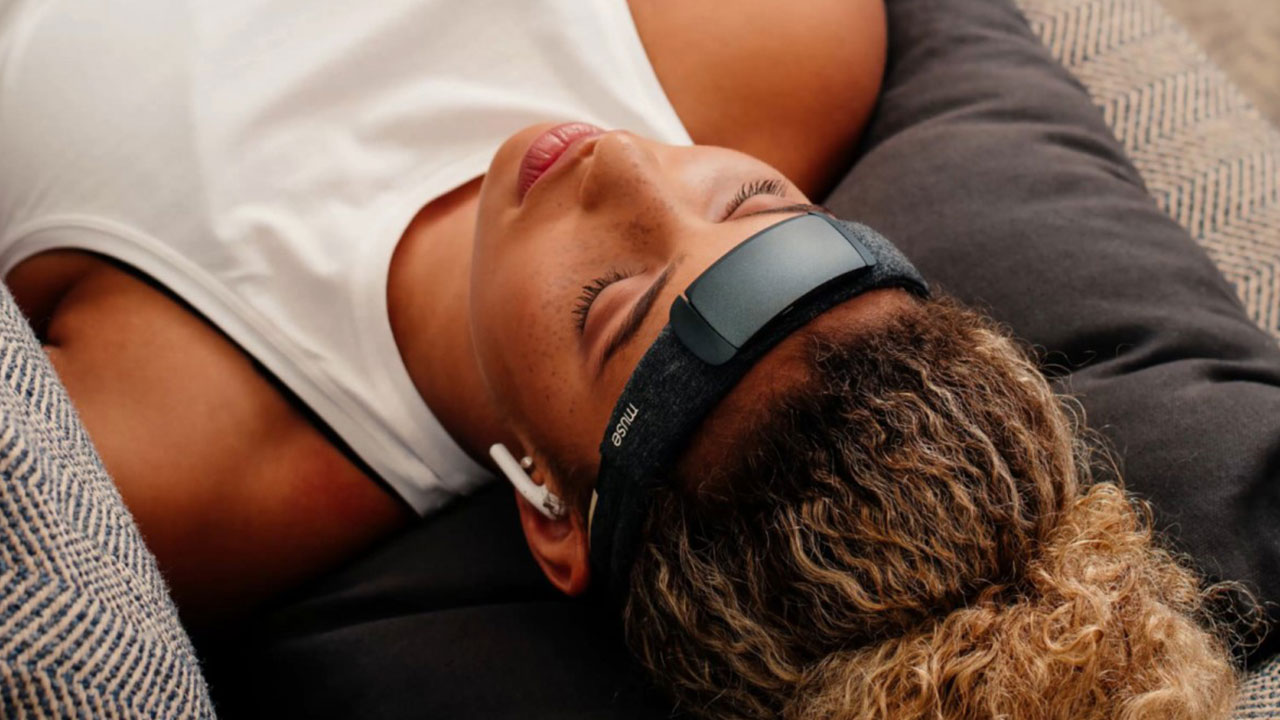
I could see that being particularly helpful for people like me who are intimidated by meditation. I'd love to try out the guided meditation feature.

My takeaway? The Muse 2 got me to meditate, and I found the feedback useful. And I thought I noticed a correlation between the moments I felt calmer and the data I saw in the app, but it might have been coincidental. I did see a few birds, which meant I'd reached a less anxious state a few times during the meditation. I pushed those thoughts away, concentrated on my breath, and after a few seconds, I was rewarded with the sound of a chirping bird (that meant, apparently, that I'd sufficiently calmed down).Īfter we wrapped up, I examined a graph on the Muse app that showed me how I did. I heard the sound of rain in the background, which got louder when my mind jumped to an errand I needed to run after work (the louder the rain, Muse told me, the busier the mind). I felt a lot calmer after a few deep breaths. I don't regularly meditate these days, but I was reminded why I should.

:no_upscale()/cdn.vox-cdn.com/uploads/chorus_asset/file/6455245/muse_headband_brain-1935.0.jpg)
It sounded a bit like the middle of a rainforest. The Muse team selected the one with birds and rain. I had a few options for sounds to listen to while meditating. So of course, I tried to banish any negative thoughts before realizing it couldn't literally read my mind.Īt that point, we were ready to start a two-minute meditation. "Muse is now listening to your brain signals," the voice told me. A calming female voice asked me to find a comfortable position, close my eyes and take a deep breath. Once I got set up with the device, I downloaded the accompanying Muse app for the iPhone. (I should mention that for those who are fashion-conscious, various co-workers did note my resemblance to Olivia Newton-John in that infamous "Physical" video.) So I wouldn't recommend wearing it right before a date night or job interview. I didn't find it uncomfortable, although I wore the device for long enough to leave a faint line around my forehead that stayed put for about 20 minutes. The trick was to tuck any loose strands of hair behind my ears. Once I got a demo from the founders, I found it fairly easy to fit it around my head on my own. As a lapsed meditator, I was curious to give the new device a try. Since then, Interaxon says it has sold more of these brain-sensing devices than "any other system in history," and it has "hundreds of thousands" of users.Ī few weeks before the launch, we invited the Muse founders to pop by CNBC office this month. The company's original device, which took more than a decade to produce, was released in 2014. It calls that new product "Muse 2" (available for $249). The device now tracks a wider range of health signals, including heart rate and body movement, and has more educational content and a dashboard for users to track progress. The company refers to the system as a "personal meditation assistant."

The company, which is backed by almost $30 million in venture capital, created a consumer wearable, called Muse, that measures the brain's electrical rhythms and provides real-time feedback to help users' meditate. Personal Loans for 670 Credit Score or LowerĮnter meditation, which is getting more popular as people look for ways to combat their stressful lifestyles and stay healthy. Personal Loans for 580 Credit Score or Lower Best Debt Consolidation Loans for Bad Credit


 0 kommentar(er)
0 kommentar(er)
